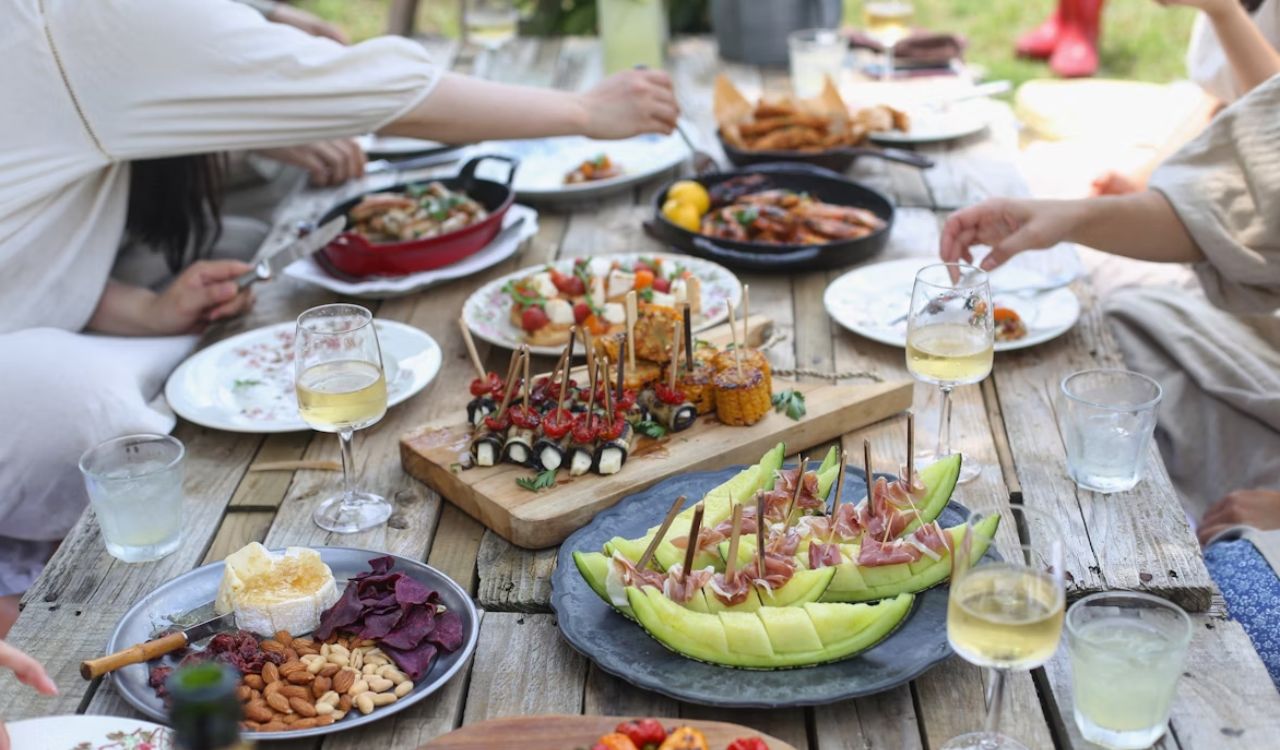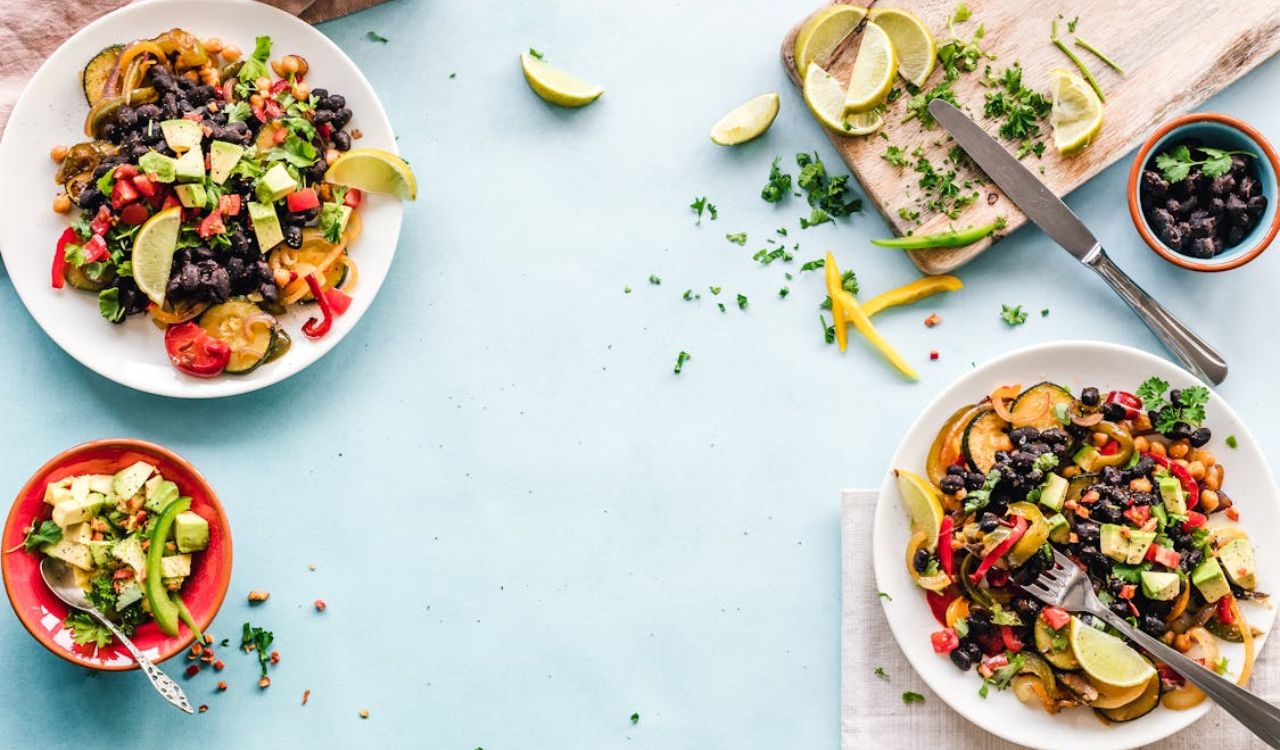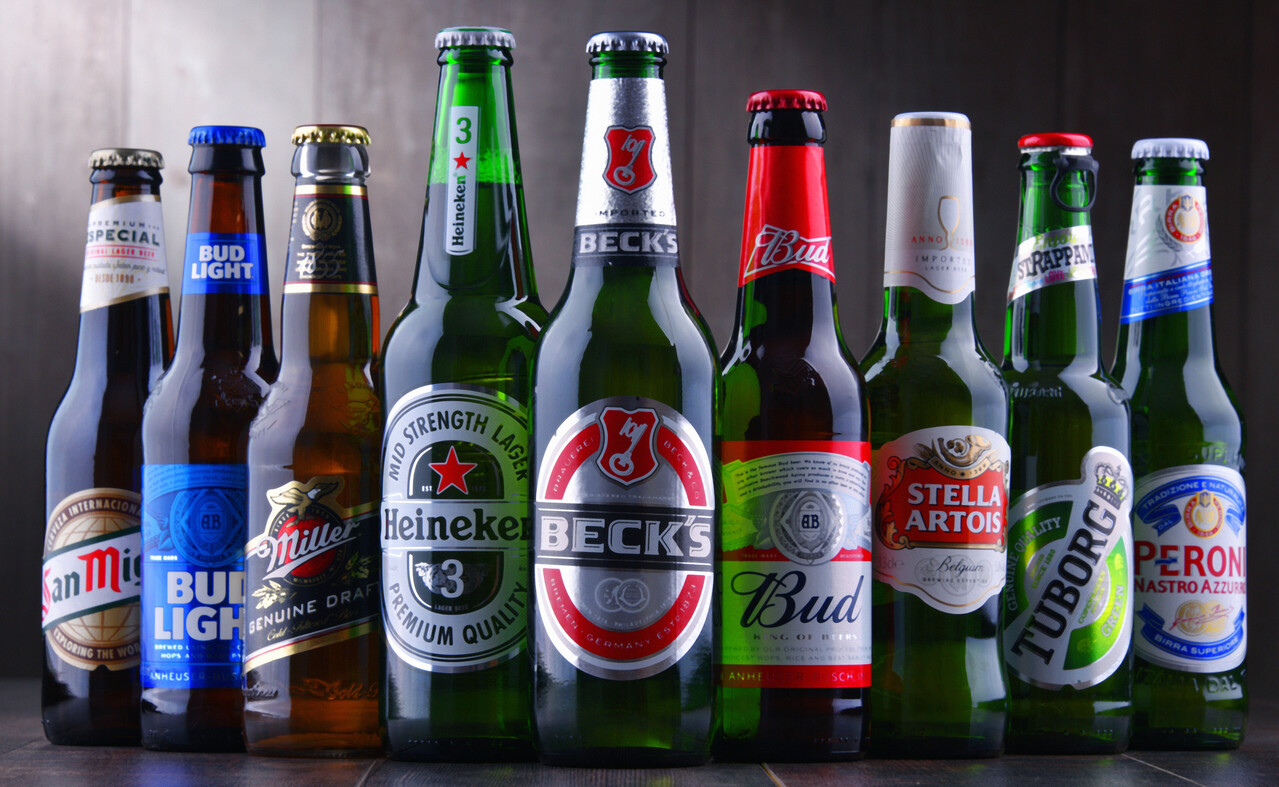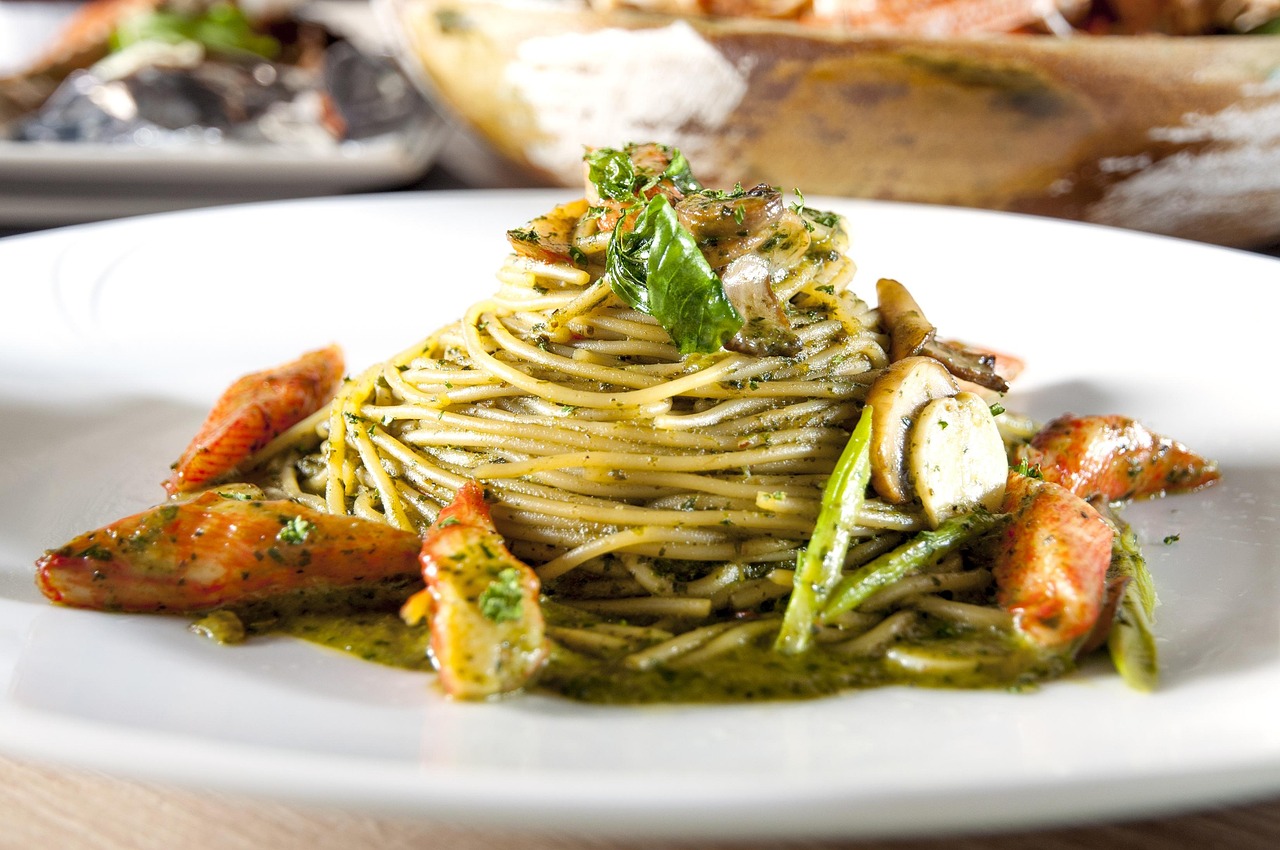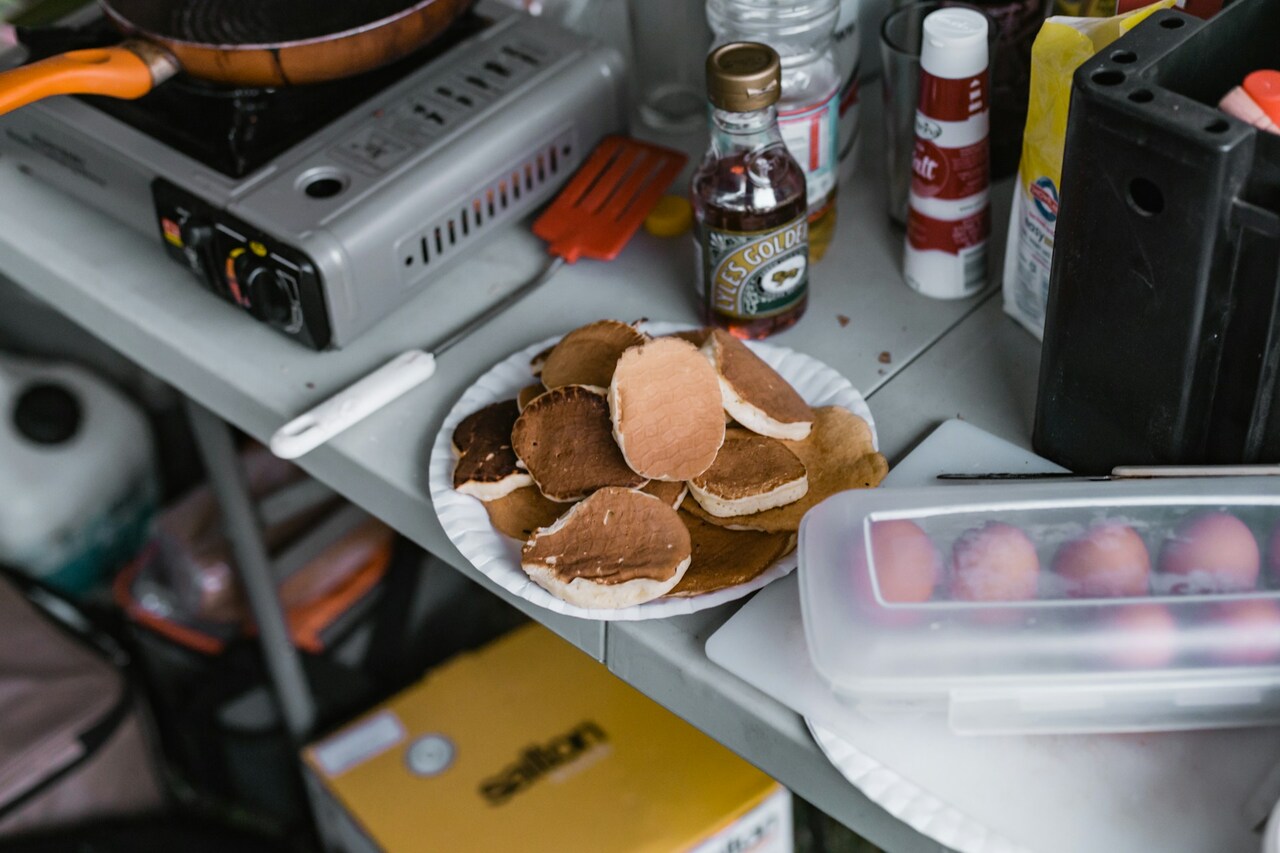7 Simple Ways To Prevent Unwanted Caramelization On Your Cakes
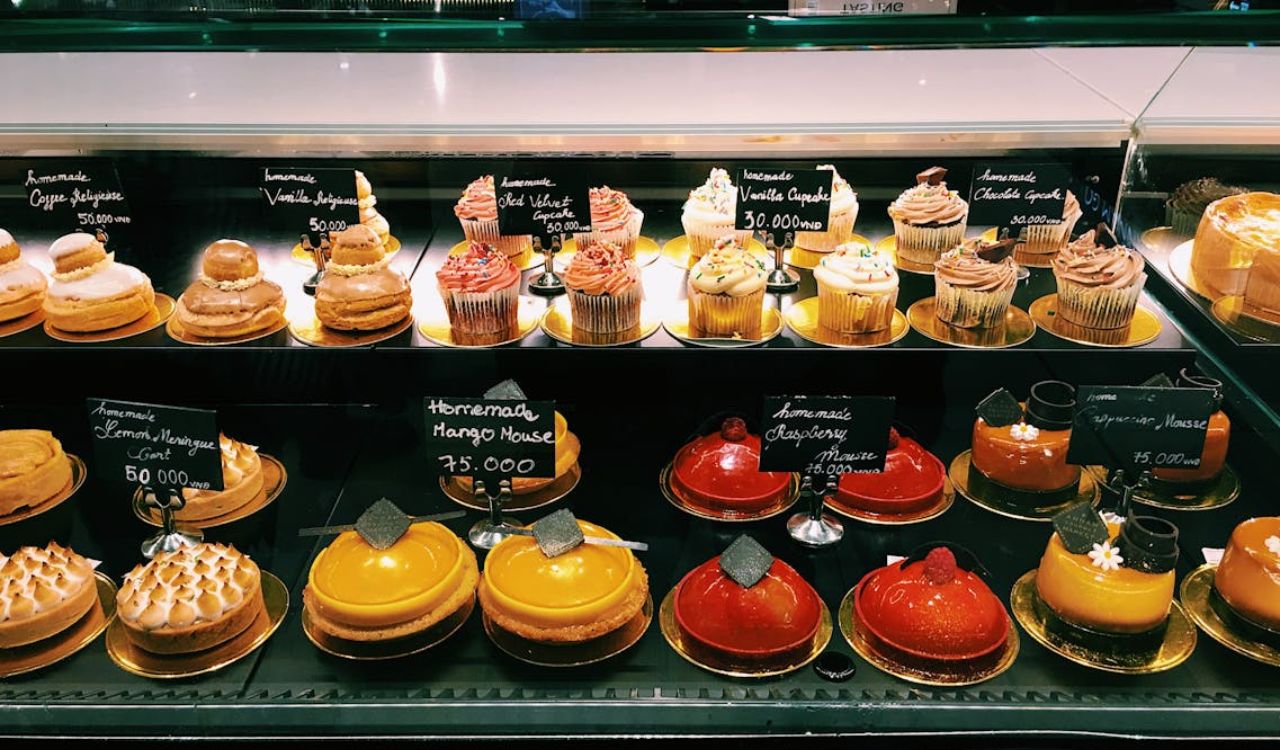
Few things disappoint bakers more than pulling a cake from the oven to find dark, over‑browned edges or bottoms. While some caramelization adds welcome flavor, too much can make cakes look uneven and taste slightly bitter. Fortunately, preventing it is easier than you might expect. With a handful of small adjustments: focused on heat, sugar, pan choice, and cooling, you can keep cakes evenly golden, tender, and picture‑perfect without sacrificing flavor.
Use Light-Colored Bakeware for Even Heat
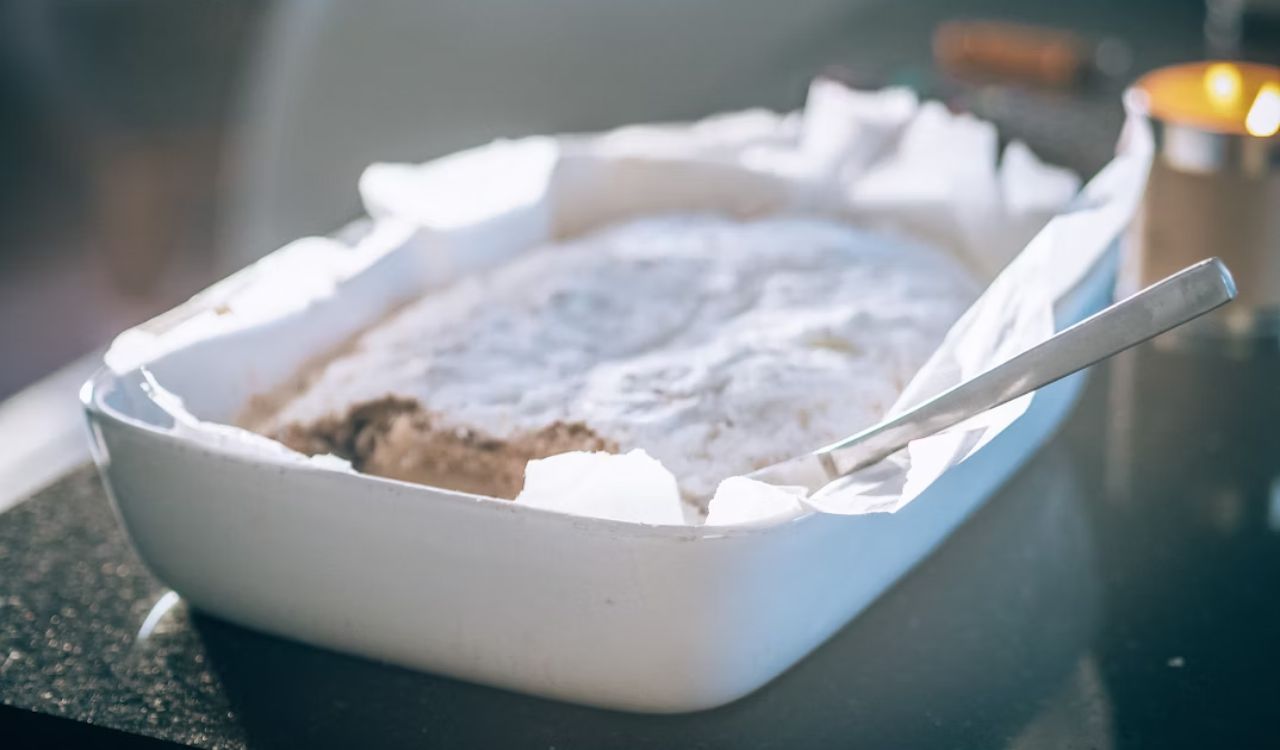
Dark baking pans absorb and radiate more heat, which can cause cakes to brown faster at the edges and bottom. Light‑colored aluminum pans reflect heat and promote more even baking, reducing the risk of over‑darkening. If you only have dark pans, line them with parchment to create a protective layer. This small swap helps your cake bake through without those unwanted dark rings, keeping the crumb soft and the exterior evenly golden.
Adjust Oven Temperature and Bake Time
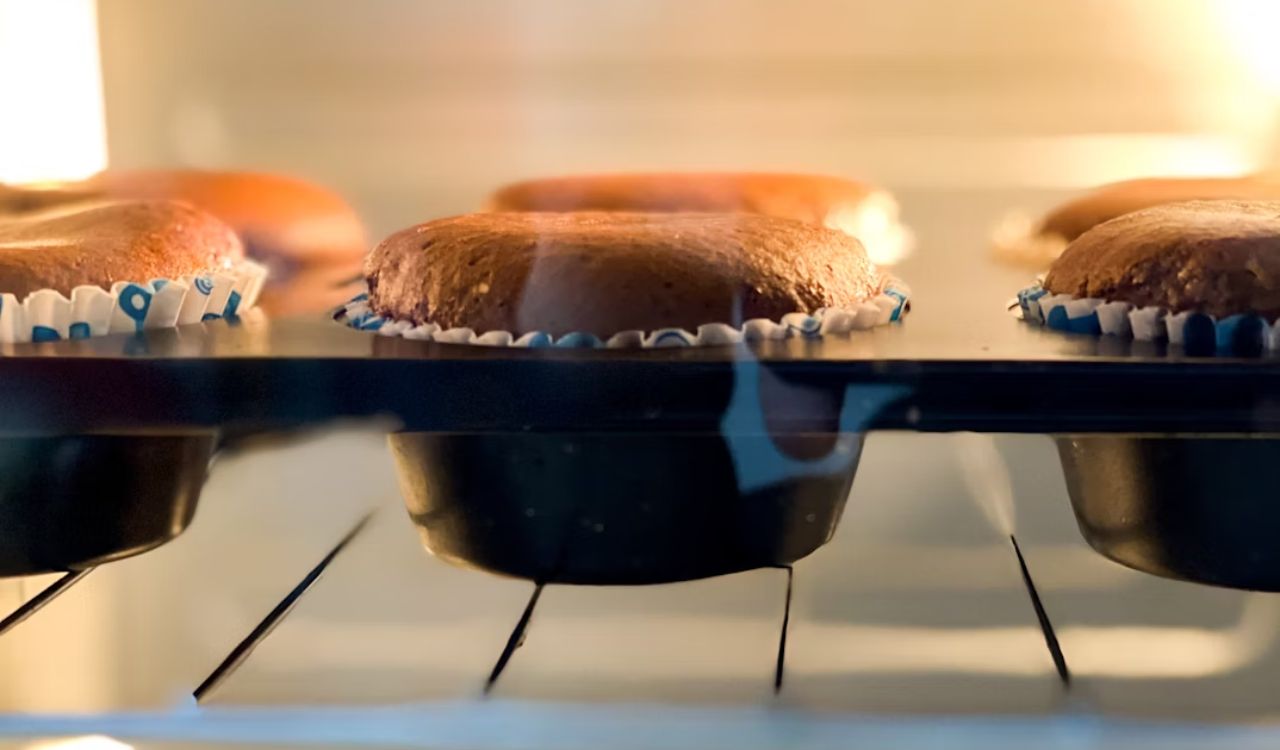
Sometimes caramelization happens because the oven is simply too hot. Even if you set the right temperature, ovens can run warmer than expected. Using an oven thermometer helps you confirm accuracy. Lowering the heat slightly, even by 15 to 25 degrees, can give your cake more time to cook through without over-browning on the outside. If you extend the bake time accordingly, your cake will rise properly and maintain a tender crumb without developing those dark caramelized edges.
Place Cakes on the Middle Oven Rack
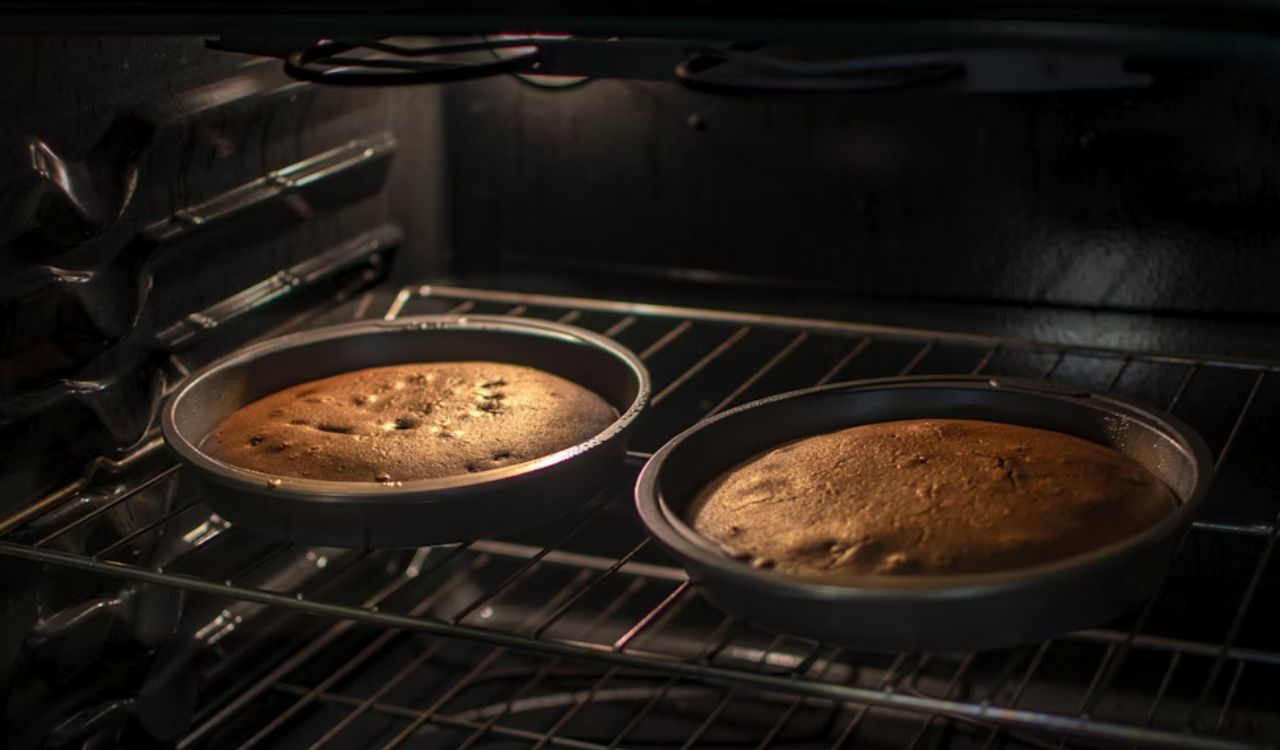
The rack position in your oven can make or break the outcome of your cake. Baking too close to the bottom exposes your pan to more direct heat, which can cause caramelization and over-browning at the base. On the other hand, setting it too high may lead to uneven cooking. The middle rack provides the most balanced environment, ensuring heat surrounds the cake evenly. For larger cakes, you can rotate the pan halfway through baking to avoid hot spots, creating a consistent golden finish.
Use Insulated Baking Sheets or Pan Shields

If you find the bottom of your cakes browning too quickly, try placing your pan on an insulated baking sheet or using a pan shield. These tools act as buffers, slowing down the transfer of intense heat from the oven floor to the cake. They work especially well for recipes with high sugar content that are more prone to caramelization. Even a simple homemade shield made of an extra baking sheet beneath your pan can help. This method is easy, inexpensive, and very effective at keeping cakes evenly baked.
Avoid Excess Sugar in Recipes
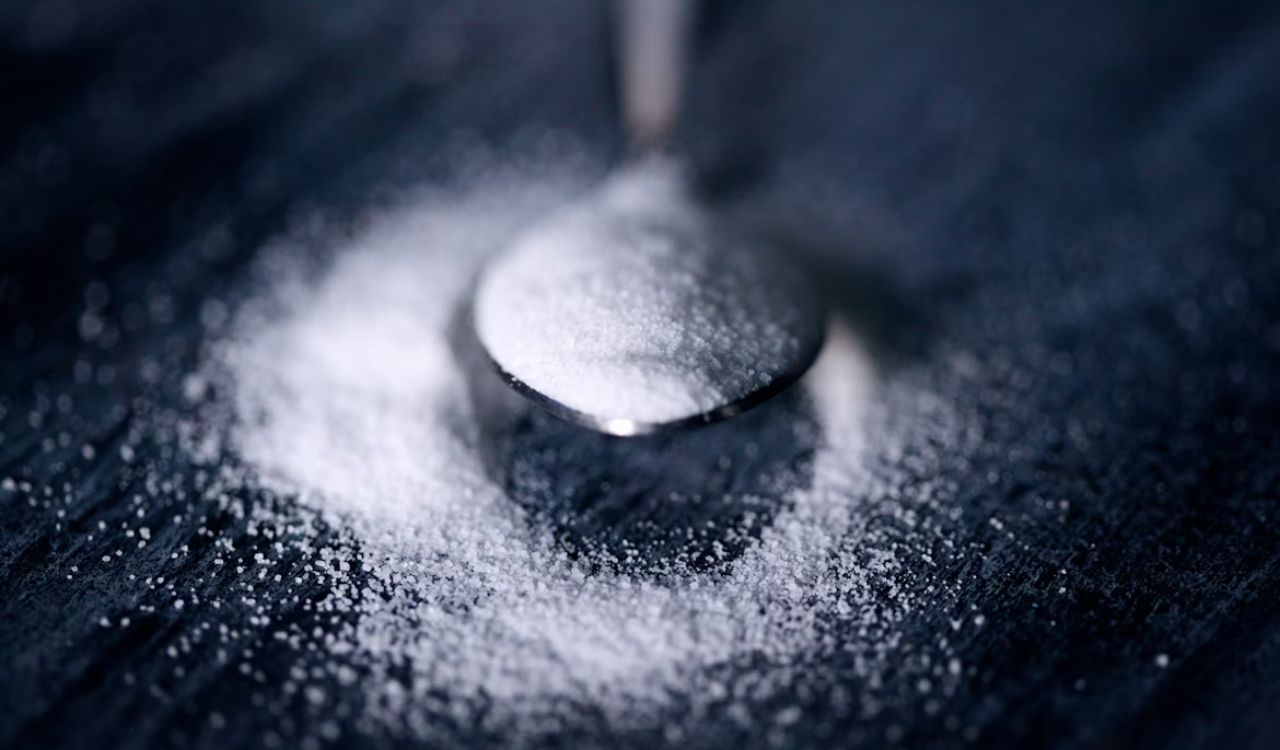
High sugar content is one of the leading reasons cakes over‑brown; it caramelizes and darkens quickly under heat. If a recipe consistently produces dark edges, consider slightly reducing sugar or choosing one tested for your pan type. Another option is pairing careful sugar levels with lower oven temps to slow browning. Keeping proportions balanced ensures cakes bake evenly, with sweetness that complements rather than overwhelms, while preventing bitter, scorched edges.
Avoid Over-Greasing Pans with Butter or Oil
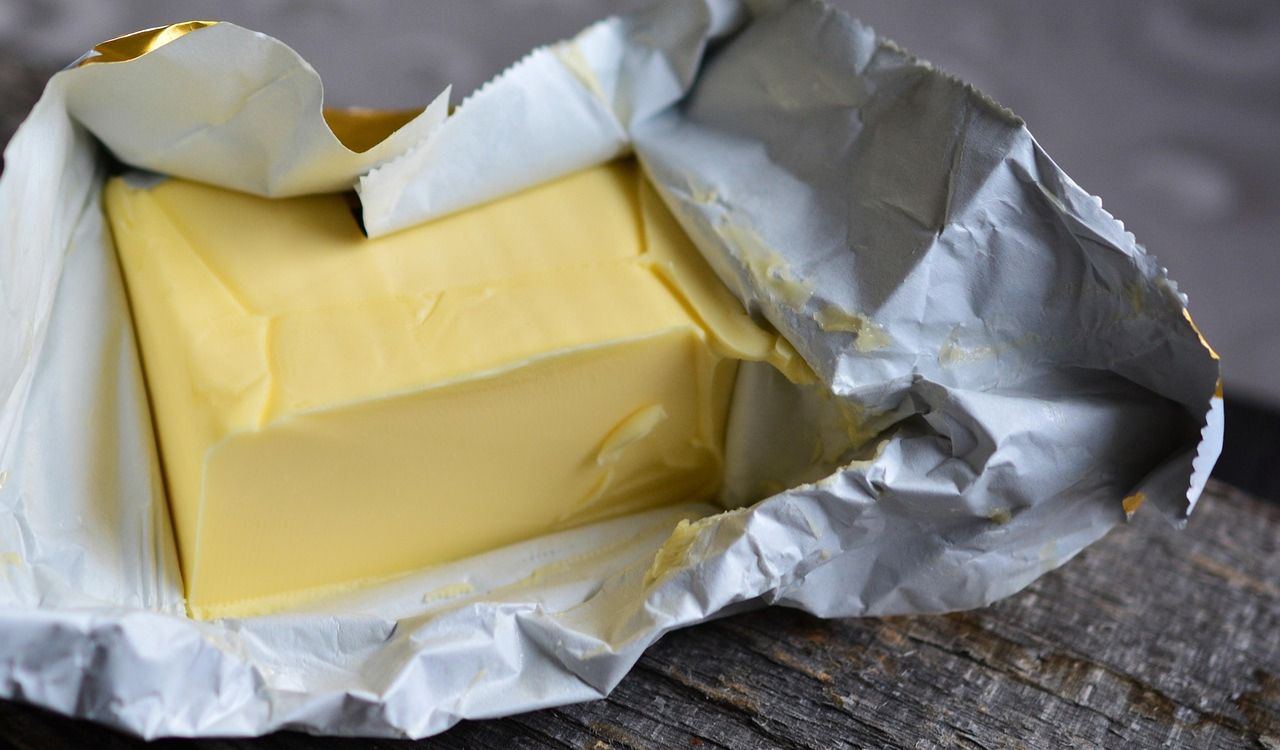
Using too much butter or oil to grease a pan can cause the batter along the sides to fry rather than bake, leaving darker, caramelized spots. A thin, even coat is all that’s needed to prevent sticking. Neutral pan spray or a brushed‑on layer of oil works well, and lining the bottom with parchment provides extra security. This approach keeps cakes from developing patchy, bitter edges while still releasing cleanly from the pan.
Monitor Cooling to Prevent Residual Browning

Cakes continue to cook for a few minutes after leaving the oven because of carryover heat. If left in a hot pan too long, this extra baking can dry out the edges and deepen color beyond what you want. Allow the cake to rest just 10–15 minutes in the pan to set, then transfer it to a wire rack. The airflow cools it quickly and evenly, preventing over‑browning and keeping the crumb moist and delicate.


